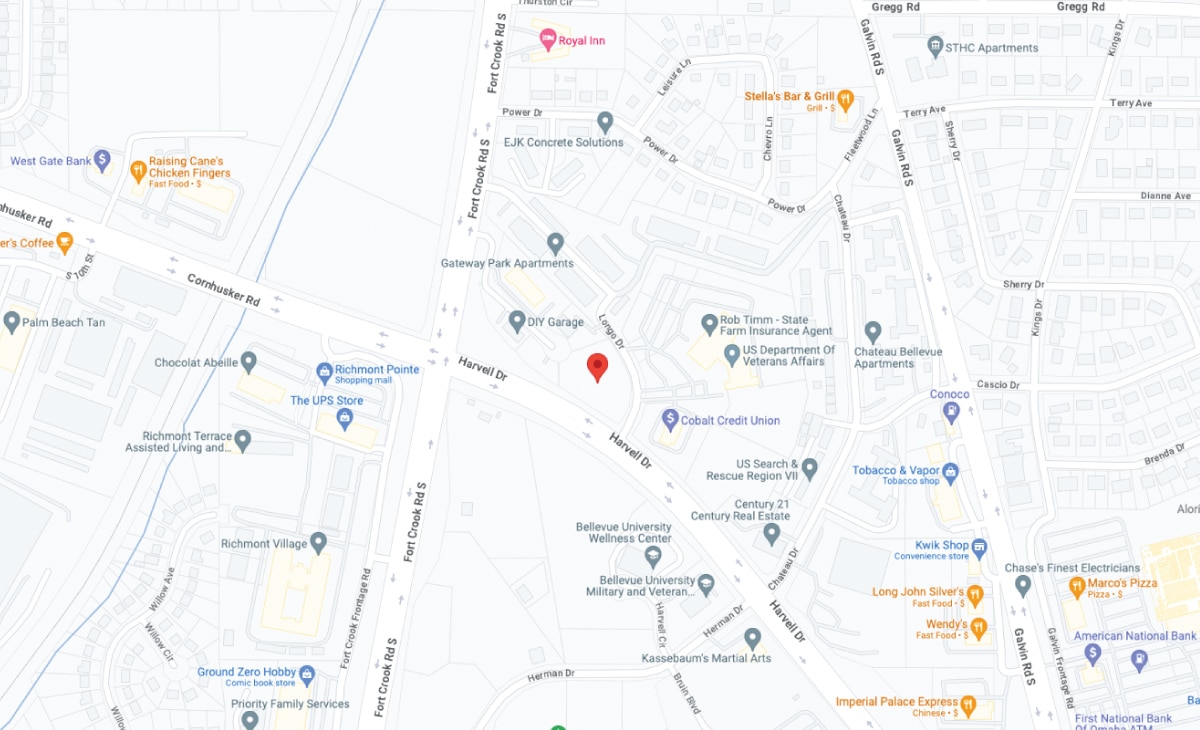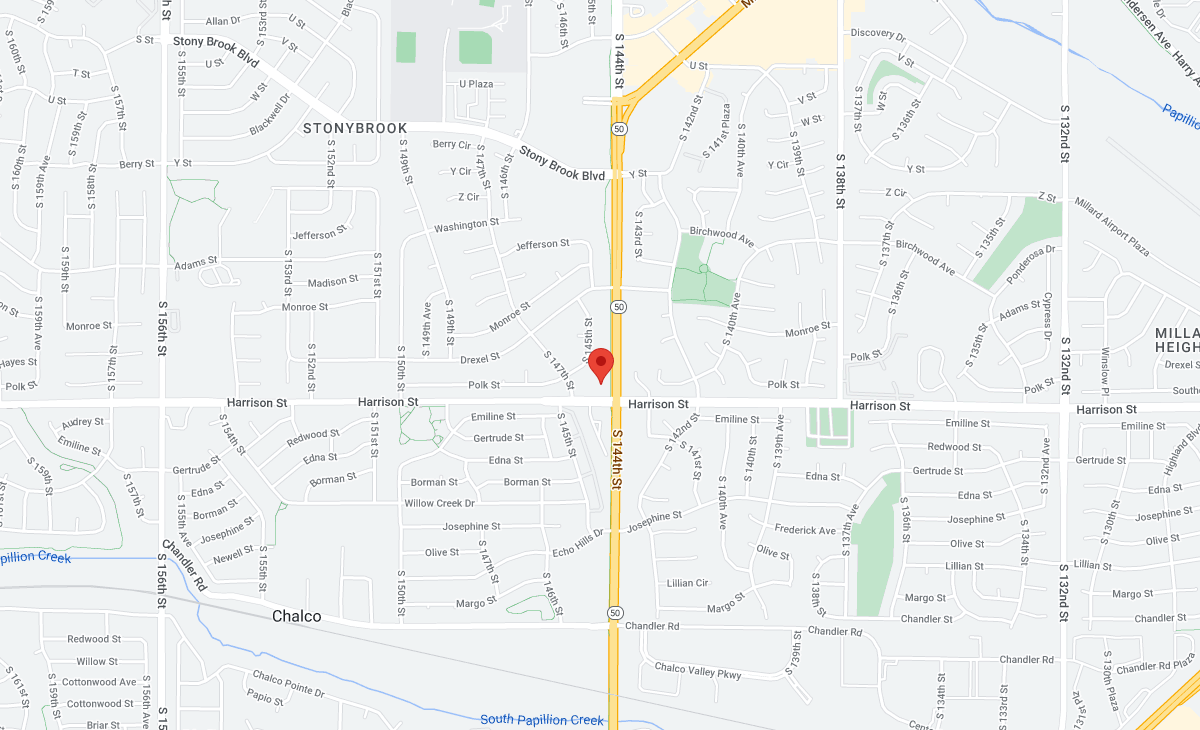Oral Cancer – What are the Signs and Symptoms?
April is Oral Cancer Awareness Month. To increase awareness about this potentially life-threatening disease, experts from Today’s Dental dedicate this month’s article to sharing some of the signs and symptoms to be on the lookout for, and steps you can take to help prevent oral cancers. Oral cancer refers to any cancer that grows in the oral cavity, which includes our lips, gums, cheeks, tongue, tonsils, sides and backs of our throat, skin under our tongue, and the roof of our mouth. Cancer in the mouth is classified as one of the “head and neck” cancers, which often share similar treatment approaches. These types of cancers are the seventh most common cancers and account for around 5% of cancers, worldwide.
What are the risk factors for oral cancer?
According to the National Institutes of Health, two of the most commonly found major risk factors for all head and neck cancers are smoking/smokeless (chewing) tobacco use, and regular use of alcohol. Studies have shown the combination of smoking/smokeless tobacco and alcohol use increases that risk over the use of these substances alone. Quitting smoking and limiting your alcohol consumption are recommended to avoid being at significantly increased risk for oral cancer. Memorial Sloan Kettering Cancer Center lists the following as additional common major risk factors for developing head and neck cancers:
- Human papillomavirus (HPV) infection
- History of radiation exposure
- Age (most oral cancers are diagnosed in people over age 40, and it most commonly affects people over age 60)
- Exposure to ultraviolet light (sun, tanning beds)
- The consumption of Betel Quid/Gutka (smokeless tobacco product mixed with the areca nut, spices, and other ingredients that is widely used throughout Asia)
Other factors that may increase your lifetime risk for oral cancers include being male, being of Asian ancestry, having a weakened immune system, exposure to certain viruses, and having specific genetic syndromes and skin conditions. White people are generally more prone to developing oral cancer than black people. With so many risk factors for oral cancer being outside of your control, it is important to focus on addressing the lifestyle and exposure factors you can control as a strategy to help limit your risks. Those lifestyle factors include:
- Poor diet (low fruits and vegetables, high sodium and cured meats)
- Poor oral hygiene
- Prolonged exposure to certain inhalants in the workplace
As dentists, we know poor oral hygiene can cause a whole host of problems for our overall health and wellbeing. Brushing your teeth for two minutes at least twice per day, flossing your teeth daily, the use of mouthwashes, and sticking to a schedule of regular dental check-ups twice per year are all strategies for maintaining good oral health and a bright, healthy smile and for avoiding the health risks associated with poor dental health.
What are the signs and symptoms of oral cancer?
First, it is very important to know you may not have any obvious symptoms of oral cancer in its early stages. You also may experience symptoms that may be easily mistaken for other common problems with your mouth. Seeing your dentist every six months for regular checkups is critical for early detection of oral cancer. As with cancer in any part of our bodies, catching oral cancers early provides the best chance for successful treatment and positive outcomes. Part of every routine dental check-up at Today’s Dental is to screen patients for any abnormalities in your mouth that may require further follow-up. Dentists are trained to look for subtle changes and signs you may not have noticed or be able to see with the naked eye. Common oral cancer signs are:
- Any sore on your lips or in your mouth that will not heal
- Rough or crusty spots in your mouth or on your lips
- Bleeding in areas of your mouth with no obvious cause
- Patches of white or red skin in your mouth
- Bad breath that doesn’t go away
- Teeth that are loose
- Growths or lumps in your mouth
- Persistent pain with chewing and swallowing
- Earaches
- Numbness, pain, or tenderness on your face, neck, or mouth
- Unexplained weight loss
If you experience any of the signs or symptoms mentioned above that don’t have another obvious cause and don’t improve after two weeks, or you fall into any of the categories for the other major risk factors mentioned in this article, please contact your dentist for an evaluation. Following this advice may help you protect yourself from serious health conditions associated with poor oral health, including oral cancers.












